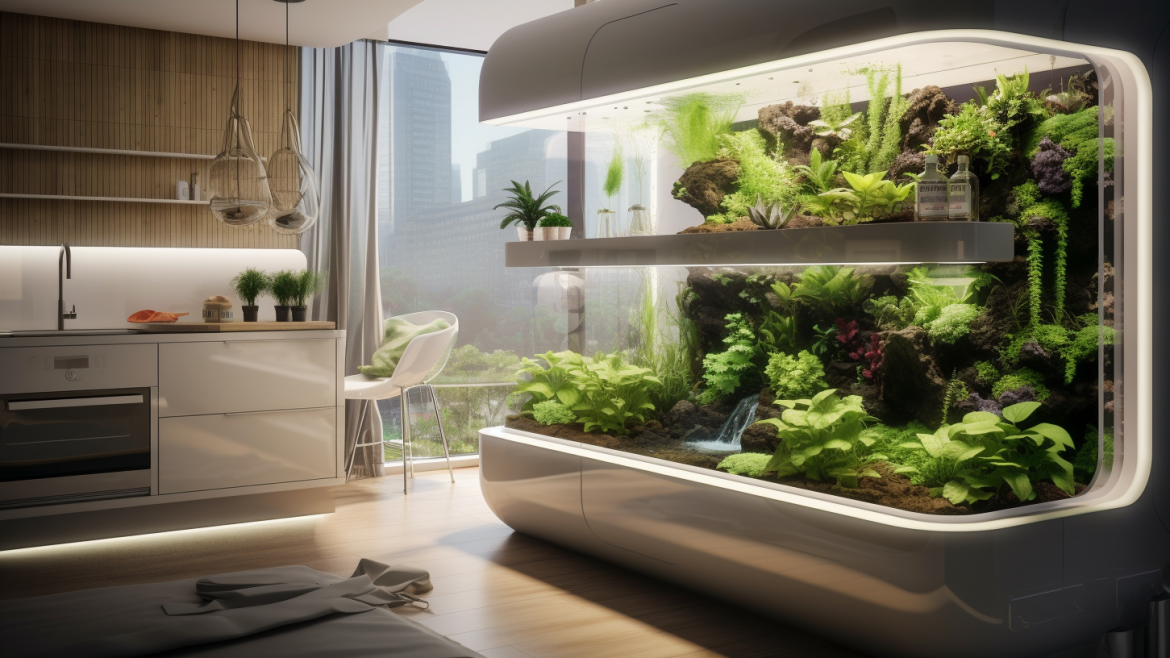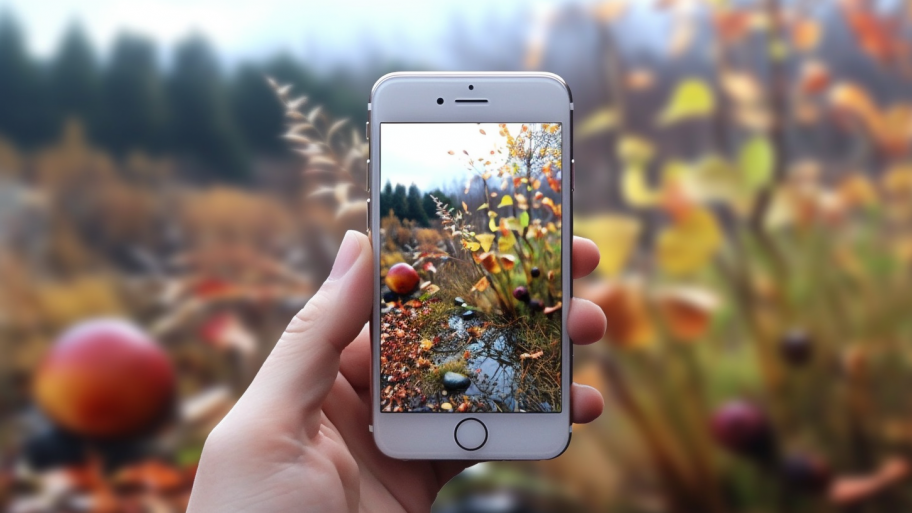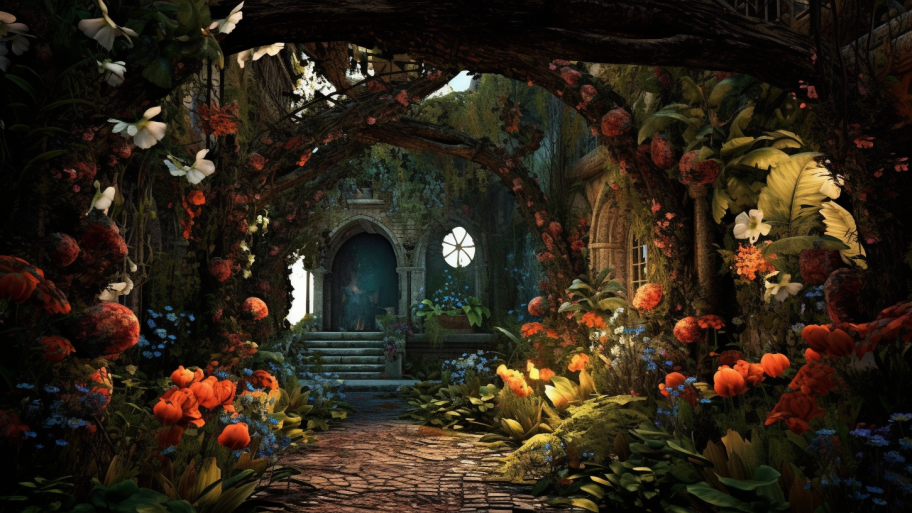Aquaponics is a sustainable method of food production that combines aquaculture (raising fish) with hydroponics (growing plants in water without soil). In this article, we will provide detailed instructions on setting up two popular types of aquaponic systems for apartment living: media-based and nutrient film technique (NFT) systems. These systems are ideal for urban environments with limited space and can provide fresh produce and fish for consumption.
I. Media-Based Aquaponic System Setup:
A media-based aquaponic system utilizes a grow bed filled with an inert media to support the plants and provide a surface for beneficial bacteria to colonize. Follow these steps to set up a media-based system:
- Choose a suitable location: Select a spot in your apartment with enough natural light, proper ventilation, and access to water and electricity. Make sure the floor can support the weight of the fully loaded system.
- Fish tank: Purchase or build a fish tank that can hold at least 50 gallons of water. Make sure the tank is made from food-grade material and is free of chemicals or toxins.
- Grow bed: The grow bed should be at least 12 inches deep and made from food-grade material. It should be able to hold the chosen grow media and provide sufficient surface area for bacteria growth. Place the grow bed above or adjacent to the fish tank, ensuring it is stable and secure.
- Grow media: Fill the grow bed with a suitable, pH-neutral, inert media such as expanded clay pellets, lava rock, or coconut coir. Rinse the media thoroughly before placing it in the grow bed to remove dust and debris.
- Plumbing: Connect the fish tank and grow bed using PVC pipes, fittings, and a water pump. The plumbing should include a bell siphon or timer-based system to flood and drain the grow bed, allowing the plant roots to receive oxygen.
- Aeration: Install an air pump and air stone in the fish tank to ensure proper oxygen levels for the fish.
- Cycling the system: Before introducing fish and plants, cycle the system to establish the nitrogen cycle. Add ammonia or fish-safe ammonium chloride to the water and monitor the levels of ammonia, nitrite, and nitrate until they stabilize.
- Add fish: Once the system is cycled, introduce fish gradually, allowing the bacteria population to adjust to the new bioload.
- Plant seedlings: Transplant seedlings into the grow bed, spacing them according to their specific requirements. Ensure their roots are in contact with the grow media.
II. Nutrient Film Technique (NFT) Aquaponic System Setup:
An NFT system uses horizontal pipes with shallow streams of nutrient-rich water flowing through them. The following steps outline how to set up an NFT aquaponic system:
- Choose a suitable location: As with the media-based system, select a spot in your apartment with sufficient natural light, proper ventilation, and access to water and electricity.
- Fish tank: Use a fish tank similar to the one mentioned in the media-based system setup.
- Filter or sump tank: A filter or sump tank is necessary to reduce bacteria and prevent fish diseases.
- PVC pipes: Obtain PVC pipes suitable for growing your chosen plants. Round pipes are more common, but square cross-section pipes are optimal. For larger fruiting plants, use 11 cm diameter pipes, and for fast-growing leafy greens and small vegetables, use 7.5 cm diameter pipes.
- Grow pipes: Arrange the PVC pipes horizontally in your chosen pattern, such as on walls, fences, or overhanging balconies.
- Drill holes for plants: Drill holes into the grow pipes that match the size of the net cups you will be using (typically 7-9 cm in diameter). Space the holes at least 21 cm apart from the center of each plant to allow adequate room for growth.
- Mechanical and biological filtration: Set up a mechanical filter to catch solid wastes and a biofilter to provide a habitat for nitrifying bacteria. The biofilter should contain a porous medium and be heavily aerated. The water should flow from the fish tank → solid filter → biofilter → NFT channels → fish tank.
- Water pump: Choose a reliable water pump to ensure the continuous flow of water throughout the system.
- Assemble the system: Connect the fish tank, filter, biofilter, and grow pipes using rubber hoses, PVC tubing, and fittings. Make sure all connections are secure and leak-free.
- Net cups and grow media: Place net cups in the holes of the grow pipes, and add a small amount of grow media, such as clay pebbles or gravel, to anchor and support the plants.
- Cycling the system: Similar to the media-based system, cycle the NFT system before introducing fish and plants.
- Add fish: Gradually introduce fish into the tank, allowing the bacteria population to adjust.
- Plant seedlings: Transplant seedlings into the net cups, ensuring their roots are in contact with the flowing nutrient-rich water.
- Monitor and maintain: Regularly check the water pump and grow pipes for any issues, such as clogs from plant roots or solid waste. Monitor water temperature and make sure the roots are not exposed to light to prevent algae growth.
Suitable Plants for Aquaponics Systems:
Here are ten plants that are suitable for growing in aquaponics systems, including both media-based and NFT systems:
- Lettuce: A popular choice for aquaponics, lettuce grows quickly and has shallow roots, making it ideal for NFT systems.
- Kale: Another leafy green, kale, is nutritious and can grow well in aquaponics systems.
- Basil: This fragrant herb thrives in aquaponics systems and can be harvested regularly for culinary use.
- Mint: Mint is an excellent addition to an aquaponics system, growing rapidly and providing a pleasant aroma.
- Chard: This leafy green is hardy and can tolerate a range of water conditions, making it suitable for aquaponics systems.
- Spinach: Spinach grows well in both media-based and NFT aquaponics systems, providing a nutrient-rich addition to your diet.
- Strawberries: Although they require a bit more care and support, strawberries can be successfully grown in an aquaponics system.
- Peppers: Both sweet and hot pepper varieties can be grown in aquaponics systems, adding variety to your homegrown produce.
- Cherry tomatoes: Small tomato varieties, such as cherry tomatoes, can be grown in aquaponics systems with proper support and care.
- Bok choy: This Asian green is fast-growing and well-suited for aquaponics systems.
These plants offer a range of flavors and nutrients, making your aquaponics system a diverse and sustainable source of fresh produce.
Suitable Fish for Aquaponics Systems:
Selecting the right fish for your aquaponics system is crucial to ensure a well-functioning and balanced environment. Here are five fish species that are suitable for aquaponics systems:
- Guppies: Guppies are small, colorful fish that are easy to care for and can reproduce rapidly. They can tolerate a wide range of water conditions, making them a popular choice for small aquaponics systems.
- Zebrafish: Zebrafish are small, hardy fish that are commonly used in research due to their adaptability to different water conditions. They can be a suitable choice for small aquaponics systems and are relatively low-maintenance.
- Platy: Platies are small, colorful livebearers that can thrive in a range of water conditions. They are a low-maintenance choice and can add visual interest to your aquaponics system.
- Molly: Mollies are small, adaptable fish that can tolerate a range of water conditions. They are livebearers and can reproduce rapidly, which can be beneficial for maintaining a healthy fish population in your system.
- White Cloud Mountain Minnow: This hardy and small fish species can tolerate a wide range of temperatures and water conditions. They are low-maintenance and suitable for small aquaponics systems.
When selecting fish for your aquaponics system, consider factors such as local climate, available space, and dietary preferences. It’s essential to research the specific needs of each fish species to ensure their health and well-being within your system.
Conclusion:
Both media-based and nutrient film technique (NFT) aquaponic systems are suitable for apartment living, providing fresh produce and fish in a limited space. By following these detailed instructions, you can successfully set up and maintain your own aquaponic system. Remember to research and choose appropriate fish and plants for your system and monitor its health regularly to ensure a thriving, sustainable food production environment.
For further guidance on maintaining and troubleshooting your aquaponic system, be sure to read the next article in the series, “Maintaining and Troubleshooting Your Aquaponic System,” which will offer valuable tips and information to keep your system running smoothly and efficiently.




